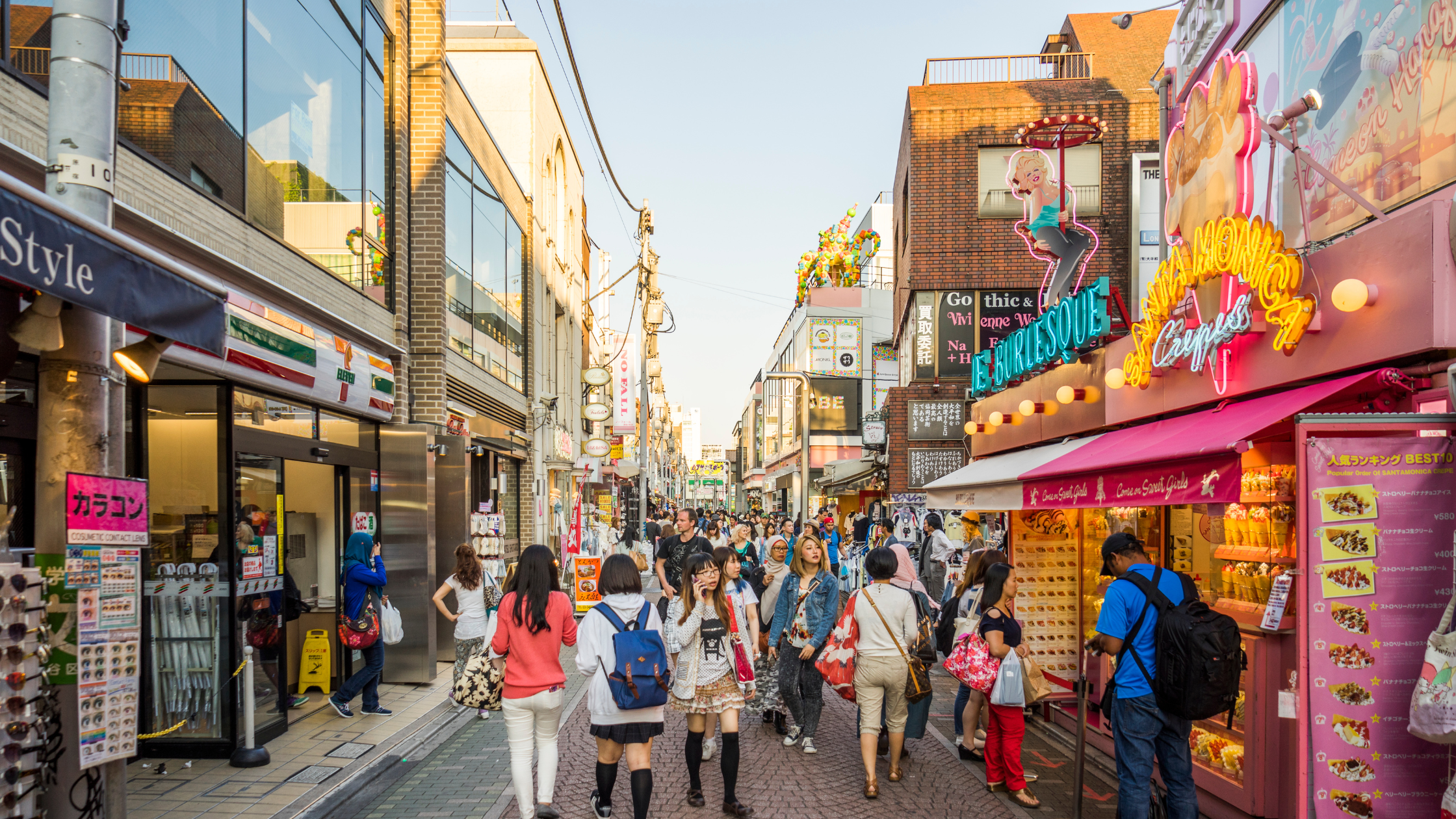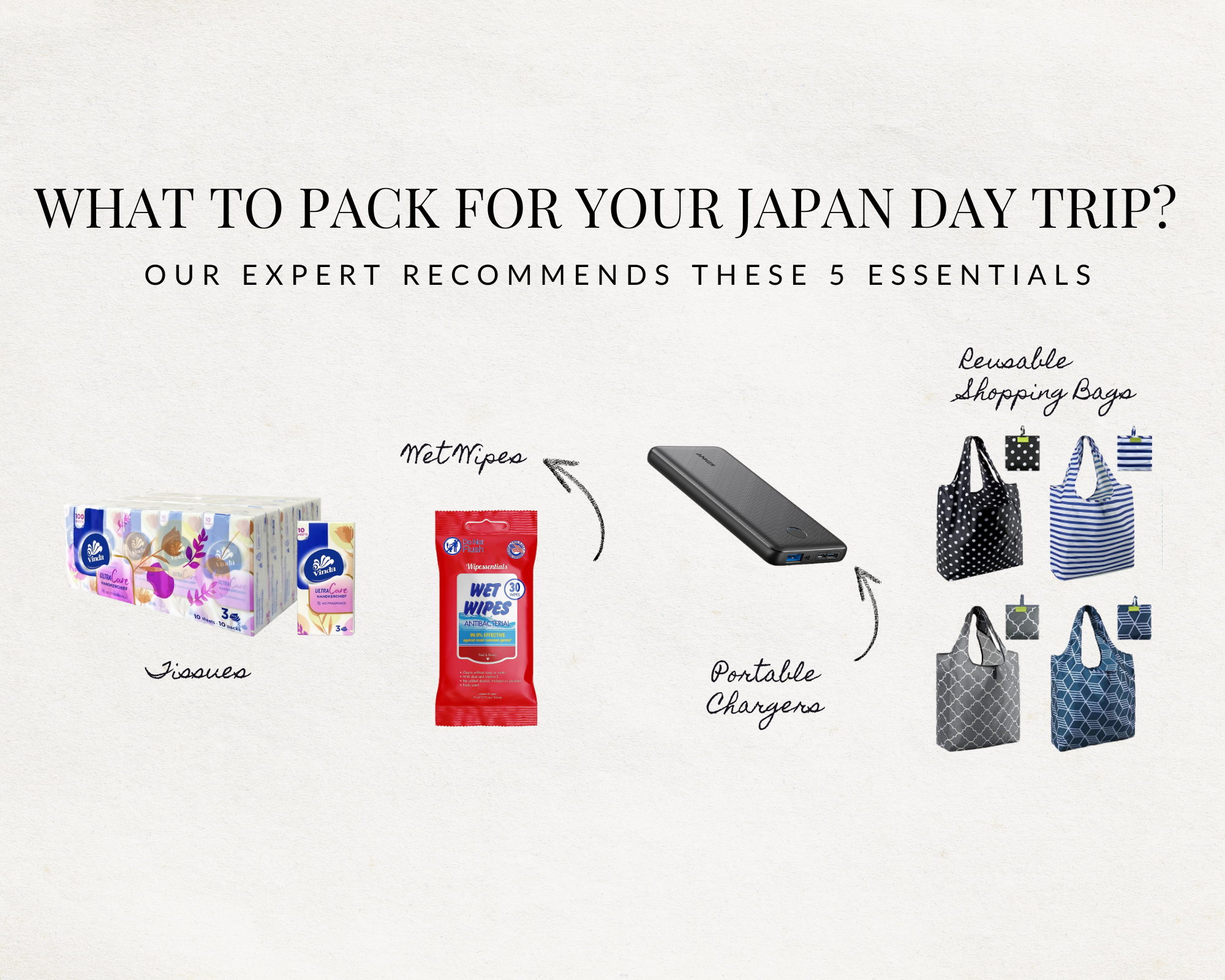Top 5 Food Souvenirs to Bring Home from the Kansai Region of Japan
/When traveling in Japan, it’s customary to bring back souvenirs for friends, family, and even work colleagues. Known as omiyage in Japanese, these beautifully wrapped, regional gifts can be found in gift shops, specialty stores, department stores, train stations, and airports, and are the perfect way to bring a piece of Japan’s unique cuisine home with you. Let’s explore some of the best food souvenirs to buy on your trip to the Kansai region!
About the Kansai Region
Home to some of Japan’s ancient capitals, such as Nara and Kyoto, the Kansai region remains a cultural, spiritual, and historical center today. Also known as the Kinki region, Kansai encompasses seven prefectures: Hyogo, Kyoto, Shiga, Osaka, Nara, Wakayama, and Mie. Home to historic castles, sacred shrines and temples, stunning natural wonders, and bustling metropolitan cities, a visit to the Kansai region is a great way to experience a taste of all that Japan has to offer.
Kyoto: Yatsuhashi
Kyoto is an epicenter of Japanese cuisine and culture. While matcha may be an obvious choice for an edible souvenir, one of Kyoto’s most famous and beloved treats is yatsuhashi. Similar to a cinnamon cookie, this confection consists of glutinous rice flour (mochi), sugar, and cinnamon, and comes in three special versions: traditional, “nama” and “aniri”.
Traditional yatsuhashi is akin to a crunchy cinnamon cookie shaped like a koto (Japanese harp). It’s made by flattening and baking the dough until crunchy and fragrant. Nama, or raw, yatsuhashi is an unbaked version of the treat where the cinnamon-flavored mochi dough is steamed and cut into a rectangular shape. Finally, and perhaps the most decadent of the three, aniri nama yatsuhashi consists of a thin sheet of the same soft mochi dough, which is then folded around fillings such as red bean paste (known as anko) or matcha cream to create a triangular sweet dumpling.
Wakayama: Kishu Nanko Ume
Wakayama Prefecture is home to some of Japan’s most sacred sites and beautiful beaches, but when it comes to regional food, it is best known for its high-quality ume (Japanese plums). Famous nationwide, Wakayama’s kishu nanko ume are regarded as some of the best, most flavorful plums. With their bright sweet-tart flavor and almost apricot-like taste, these plums can be found in an array of foods and beverages including jams, sauces, rice seasonings, and plum wines. One of the most popular ways to enjoy them, however, is as umeboshi: pickled plums. The natural sweetness of the plums beautifully accents the salty, vinegar-based brine creating the perfect sweet and sour snack that can be enjoyed as is or added to foods like onigiri (rice balls).
Nara: Kuzumochi
Famous for its iconic bowing deer, Nara is also home to a regional treat known as kuzumochi.
You may be familiar with mochi, chewy glutinous rice flour, which can be pounded and filled with such things as red bean paste or ice cream. Kuzumochi, however, is made with starchy kuzu (arrowroot) powder, giving it a firm jelly-like texture. With very little flavor on its own, it is often served topped with brown sugar syrup and kinako (roasted soybean powder) for a sweet, nutty taste. Versions flavored with matcha, cherry blossoms, and even chocolate are also becoming popular.
Hyogo: Kobe Purin
In Hyogo Prefecture, the city of Kobe is best known for its top-tier wagyu beef. However, the city is also known for its sweets, with one of the local favorites being Kobe purin.
Purin, or pudding as we might call it in English, is a jiggly, flan-like custard dessert made with cream and eggs. The rich custard is often formed into trapezoidal shapes with a layer of sweet caramel syrup poured on top. While most versions offer a simple sweet richness with undertones of cream, Kobe purin has a light citrus flavor with a touch of bitterness as it is often made with orange liqueur.
Osaka: Takoyaki & Okonomiyaki Flavored Snacks
Finally, there is Osaka. Known for its bustling city life and bright lights, it is no surprise that the region has a deep-rooted street food culture. Yatai (street food stalls) line the busy roads offering all sorts of sweet and savory foods, with two standing out above the rest: takoyaki and okonomiyaki. Takoyaki, often translated as octopus balls in English, are savory spherical pancakes filled with pieces of octopus, tempura bits, green onions, and pickled ginger and served with a drizzle of tangy sauce and a dusting of seaweed and bonito flakes. Okonomiyaki, a savory cabbage pancake with toppings ranging from shrimp and pork to egg and noodles, is also a street food staple in Osaka with the region having even developed its own distinct cooking method.
Traveling with either of these foods fresh is nearly impossible, however, it is easy to purchase packets of batter mix to make them at home. There’s also an abundance of snacks featuring these iconic flavors including senbei (rice crackers), potato chips, pretzel sticks, and more. Some confectioneries in the region have also crafted sweet treats resembling these beloved local specialties.
Whether your travels take you to the serene temples of Kyoto or the busy streets of Osaka, be sure to visit local gift shops, train stations, and department stores to take home a taste of Kansai’s regional specialties or order your favorites at Kokoro Care!
About the author - Nadine Pryor is the Head of Marketing & Customer Experience at Kokoro Care. She first became interested in Japanese culture while working with an exchange program at her university, after which she longed to see Japan for herself. That opportunity came to her in the form of the JET Program where she spent 5 years on a small island in the beautiful prefecture of Okinawa. While living in the rural island community of just under 1,300 people she was lucky enough to experience some of Okinawa’s unique traditions. Today she continues to explore Japan’s culture and cuisine through researching and writing blog posts and brochures for Kokoro Care.
Can’t get enough of Japanese flavors and specialty ingredients?
Join The Table Less Traveled & Kokoro Care for an exclusive hands-on cooking class in Osaka with Yoko! Roll up your sleeves and master the art of making gyoza from scratch—because nothing beats homemade dumplings!
For more information on traveling to Japan, don’t miss…
Travel with us around the world on one of our multi-day small group food tours. Check out our itineraries to Italy, Japan, Peru, and more! Join us as we visit tea farms in Japan, sip on limoncello in Italy, and savor ceviche in Peru.
No matter where you travel, we always recommend purchasing travel protection to safeguard against sudden changes or cancellations. If you don’t already have a preferred vendor, you can check out ours - Travel Insured - which offers a “Cancel for Any Reason” policy.





























































































